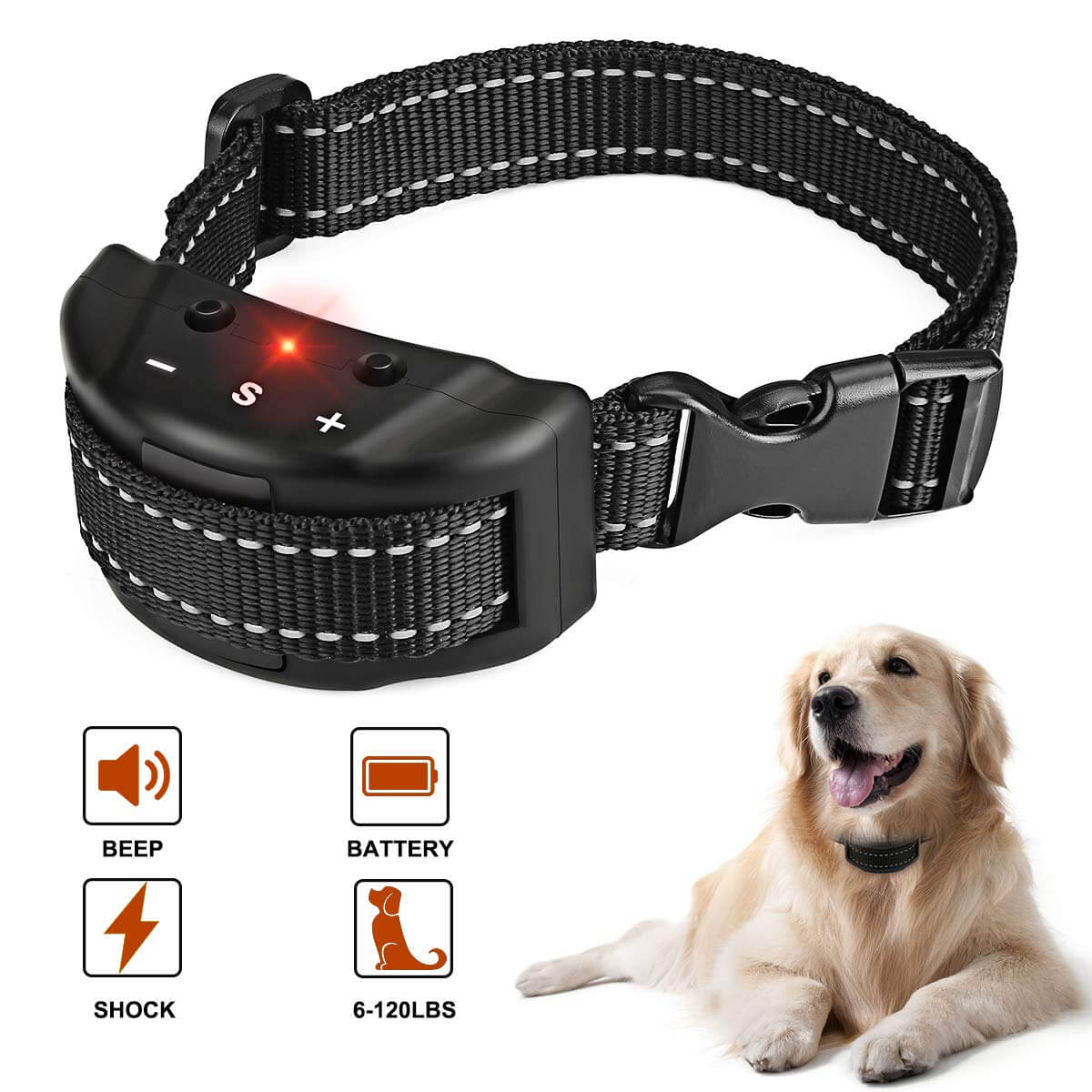Some training collars come with different modes and these are the most common! beeping and vibration can become a trained cue for your dog to assist in training. unlike the shock collars, collars that only beep or cause a vibration do not cause any pain. so you’ll need to train your dog what these sounds and vibrations mean.. When making commands, activate the shock collar. once the dog begins to return to you, stop stimulating the device. re-active the collar if the dog becomes distracted and runs in the opposite direction again. start off on a low level of stimulation. keep the dog on a leash while teaching them specific commands and behaviors.. Every action/behavior merits a reward, albeit positive or negative. there is no punishment in behavior modification. a+b=c simple and linear, just like a dog’s brain is wired. when we anthropomorphize the dog, we muddy up the conversation. this debate on shock collar training is a victim of said muddy conversation..
Some of the best dog training collar ever | pets nurturing
Petrainer 998dr 1 rrainproof and rechargeable electric dog
Electric dog fence wireless remote training shock collar
You should consider using a shock collar to train your dog only if you’ve reached the limits of positive reinforcement, and even then only after enlisting the help and expertise of a. Using electric shock collars to train dogs doesn't work and 'positive reinforcement' is a better tool, a new study found. researchers from the university of lincoln looked at the value of training. Shock collars are a type of aversive training initially used in the 1960s to train hunting dogs. these days, shock collars are often used to curb a variety of stubborn and unwanted behaviors in family dogs, from excessive barking to food aggression, as well as to train pups to stay safely within a property line or to stick close by while off leash..
